“An Embryologist is your child’s first babysitter.” And it’s true. At HRC Fertility, our high-tech laboratories are where your eggs, sperm and embryos are handled, analyzed and safely stored.
Our three state-of the-art embryology labs in Pasadena, Newport Beach and Encino, California are at the forefront of reproductive clinical research. The goal of each laboratory is to produce the best possible embryo that will achieve a successful pregnancy.
In order to achieve this, we create the most stress-free environment possible that mimics physiological conditions that enable the embryo to grow. By using low oxygen incubators and a continuous culture medium, we can extend the life of an embryo in vitro for up to seven days. This may allow the patient to have more blastocysts to choose from. When we test these blastocysts with PGT-A, we can achieve higher implantation rates for the patient when euploid (normal) embryos are transferred.
Our team of embryologists can precisely vitrify or ‘snap freeze’ blastocysts. This technique has improved our ability to thaw embryos with survival rates often over 95%! Vitrification allows us to freeze the embryos produced in a fresh cycle and transfer them in subsequent “more natural” (physiological) frozen embryo transfer cycles (FET).
“This is where the magic of IVF happens,” Dr. John Norian of HRC Fertility said in a recent social media post about HRC’s embryology lab.
“Our state of the art facility uses modern advances in science and technology to give you higher implantation rates in your fertility journey. By mimicking the physiological conditions of the body, we can provide the best possible environment for the creation of normal healthy embryos,” he added.
“Another important task of our lab is genetic testing, also known as PGT. Many pregnancy and IVF failures are due to chromosome abnormalities. Having too many or too few chromosomes (eg. Down syndrome also known as trisomy 21) in an embryo can cause a failure to implant. We can screen embryos so we know we are using the best one(s) for transfer. This helps to increase the likelihood of a successful implantation and pregnancy.”
HRC has historically been at the forefront of technological advances. In 1989, we established one of the first preimplantation genetics testing programs for the sex linked gender disorders. In addition, we were one of the first clinics to offer micromanipulation for the treatment of male factor infertility. HRC is still active in research and routinely presents at infertility conferences such as the American Society of Reproductive Medicine (ASRM) and Pacific Coast Reproductive Society (PCRS).
The factor that sets us apart in the industry is our remarkable laboratory personnel. We have highly trained and sought after, dedicated embryologists who are devoted to obtaining the best possible results for our patients. All of them have bachelors degrees in science and several have PhD’s or advanced training in reproductive biology.
Find out more about our amazing embryology labs, here.
Watch informative videos from Dr. Norian below to find out more about what an embryologist does in the lab and the lab innovations we’ve been a part of here at HRC.
To schedule an appointment with Dr. Norian check out our website or call 866-HRC-4IVF.


